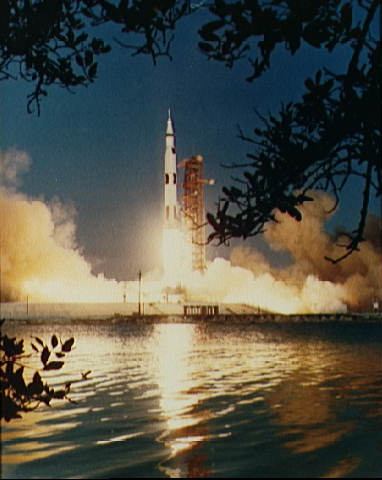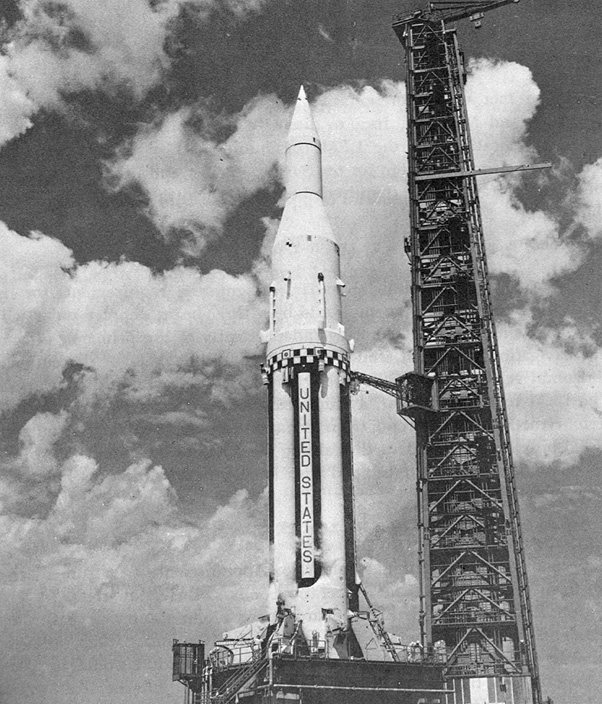Serious business here: Tomorrow — Wednesday, April 10, 2013 — a “book bomb” is in the works to push two of Dave Wolverton’s books, both written under his pen name of David Farland, to help cover the medical costs for his critically-injured 16-year-old son.

(Ben Wolverton, on a happier day.)
The particulars:
- I’ve known Dave Wolverton since 2004, when we sat next to one another at Orson Scott Card’s Literary Boot Camp. Dave was already a professional writer and bestselling author, and took the course to pick up teaching tips. Then in 2008, I attended Dave’s Novel Writing Workshop.
- Last week Dave’s son Ben was in a serious long-boarding accident. I can barely fathom the extent of his injuries: “severe brain trauma, a cracked skull, broken pelvis and tail bone, burnt knees, bruised lungs, broken ear drum, road rash.”
- As of late yesterday, Ben was still in a coma.
- Since Dave is a self-employed writer, and medical insurance for self-employed people can be problematic, they have no insurance.
Several folks close to the family have organized a book bomb — i.e., they’re asking people to coordinate their purchases to call special attention to select works — focused on Dave’s novel Nightingale and his writing book Million Dollar Outlines. I was one of the “beta readers” for Nightingale, and it’s a terrific story.

(Dave’s young adult contemporary fantasy novel.)
So if you happen to be in the market for a contemporary fantasy novel and/or a guide to putting together top-notch stories of your own, please consider buying one (or both) on this Wednesday to support Dave and his son Ben. And if you’re on Facebook, you can join the event page here.

(Some of Dave’s writing instruction, available in book form.)
___
If you already own (or don’t want) the books, but still want to donate, you can send money to their family at this link.
___
UPDATE, Wednesday morning: They’ve set up a website about Ben and his status, at http://www.helpwolverton.com/.
















